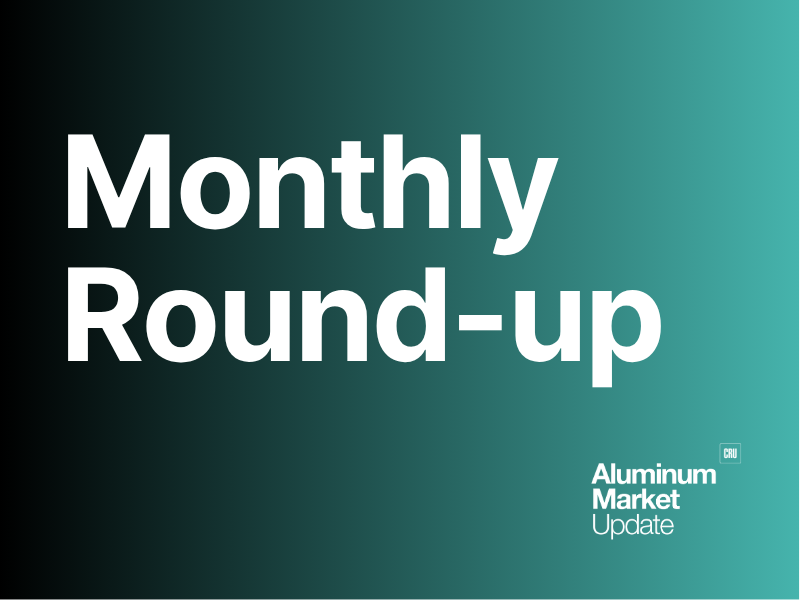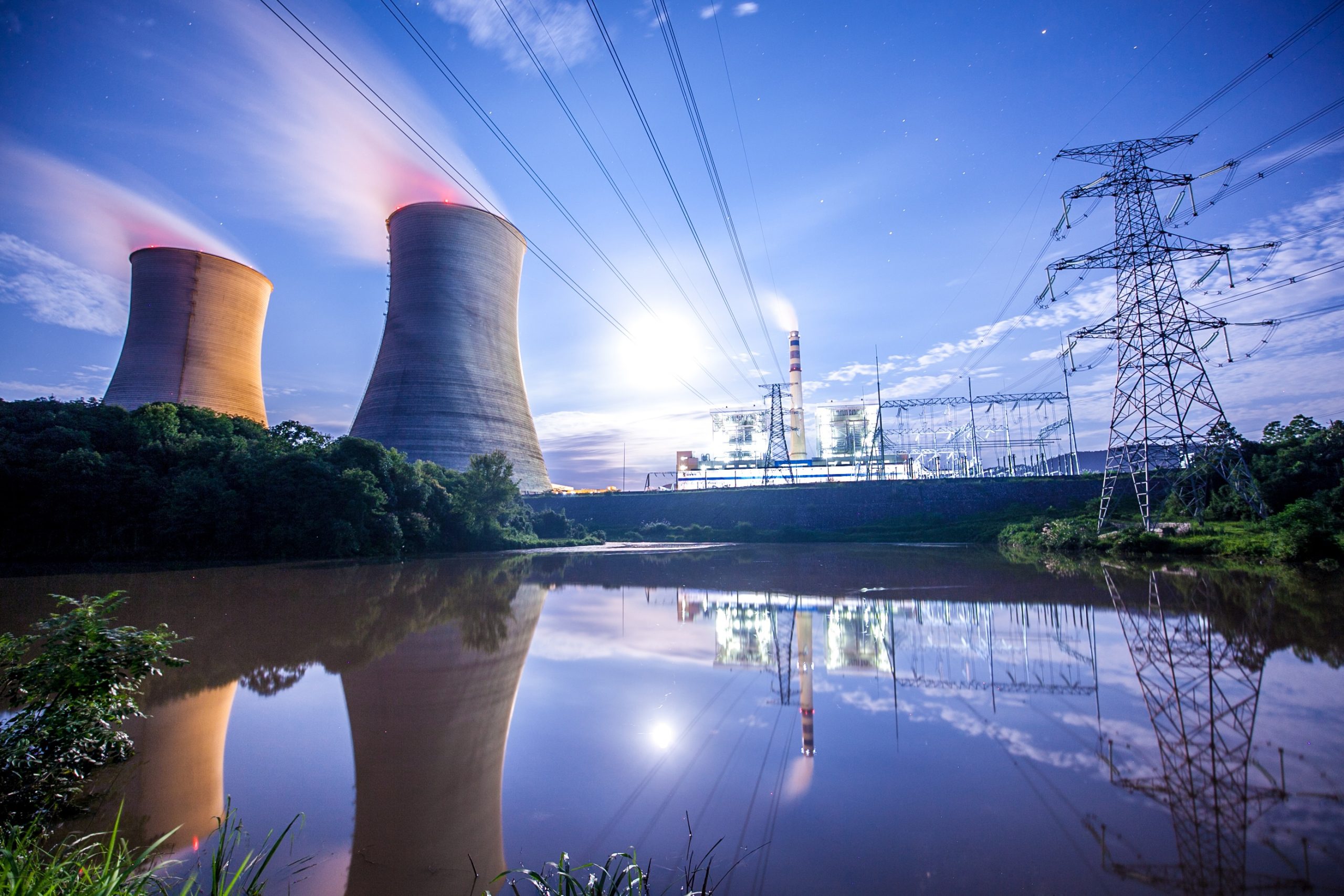Electrical

May 30, 2025
FERC rejects MISO proposals for breaking interconnection backlog
Written by Greg Wittbecker
The background on the importance of the interconnection queue
The Federal Energy Regulatory Commission (FERC) has rejected the proposal of the Midcontinent Independent Operator (MISO) to get more stranded power into the grid.
Here’s the background. You may recall from my article last month that FERC keeps track of all the generation capacity that is waiting to be connected to the respective regional grids.
FERC reports this at the end of each calendar year, and the backlog waiting to be connected is a whopper. The total amount of generation capacity waiting in the queue at the end of December 2024 was 2,289 gigawatts (GW).
To put that into perspective, 2,289 GW is 2.289 million megawatts. Bear in mind that measuring capacity is different than measuring the actual amount of power being generated.
To measure the actual power from a power plant, you must take the rated megawatt capacity x 24 hours x 365 days to arrive at the number of megawatt hours.
Once you have this theoretical production capacity, you must make an allowance for planned or unplanned downtime, covering maintenance or operational upsets. For our purposes, we will 75% operating efficiency.
So, if we take that backlog of 2,289 megawatts capacity, it translates into a practical amount of generation of 15 BILLION megawatt hours (mWh) of power.
That is a staggering amount of power waiting to supply the nation. Another way to think about it is that the total power consumption required for the U.S. primary aluminum industry is about 101. MILLION mWh.
We and others have written volumes about the problems getting affordable power to get the U.S. primary sector revitalized. On paper, there is massive new supply waiting to join the market. The cure for high prices (in power) is high prices. IF we could get even a fraction of this stranded power connected to the grid, it would bring in more supply and presumably help moderate the trend towards high priced power.
This is what MISO was and is attempting to do with its recent proposal.
Why FERC rejected the MISO proposal
MISO’s Expedited Resource Addition Study proposal failed to limit the number of projects that could be considered according to FERC. This led to a 2-1 vote against acceptance.
Federal regulators pushed back on MISO’s plan to fast-track new generation interconnections, arguing the proposal lacked limits on the number of projects that could be considered.
MISO filed its Expedited Resource Addition Study process, or ERAS, in March, to provide a framework for the accelerated study of generation it said could address urgent generation capacity and reliability needs. Under the proposal, projects entering the ERAS process would have been studied serially each quarter and granted an expedited interconnection agreement within 90 days.
This proposal to study the project request in series as proposed to in parallel seems to be why FERC rejected the proposal.
In rejecting the proposal, the FERC commissioners said the proposal “places no limit on the number of projects that could be entered in the ERAS process, which could result in an ERAS queue with processing times for interconnection requests that are too lengthy to meet MISO’s stated resource adequacy and reliability needs.
MISO is reviewing the commission’s decision and “determining our appropriate next steps,” a spokesperson for the grid operator said.
Why it matters
FERC’s rejection of the proposals from the MISO means we are no closer to breaking the bottleneck of stranded generation seeking connection to the grid. One can only hope that MISO re-tools their proposal to allow for more projects to be approved in parallel to cut down on the approval time.
We not only need that generation for aluminum, but the nation as a whole. Alarm bells are already going off, suggesting that by 2030 we face brownouts in multiple grids due to accelerating demand from the data center sector plus broad power growth.







